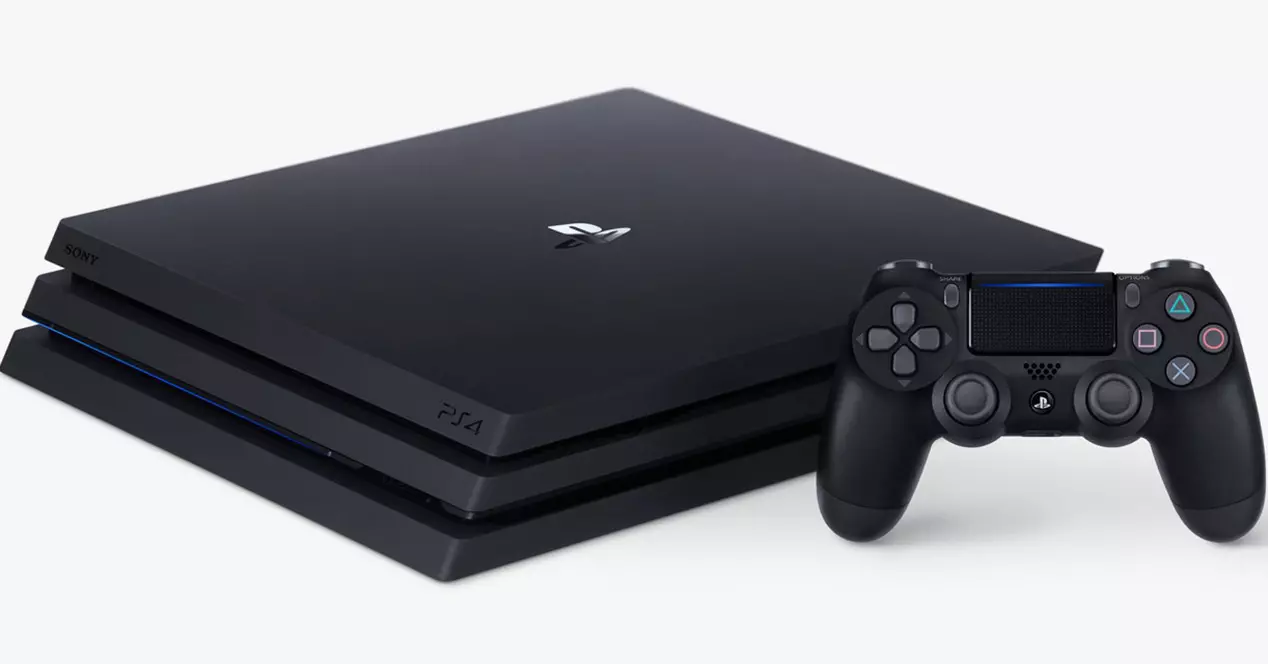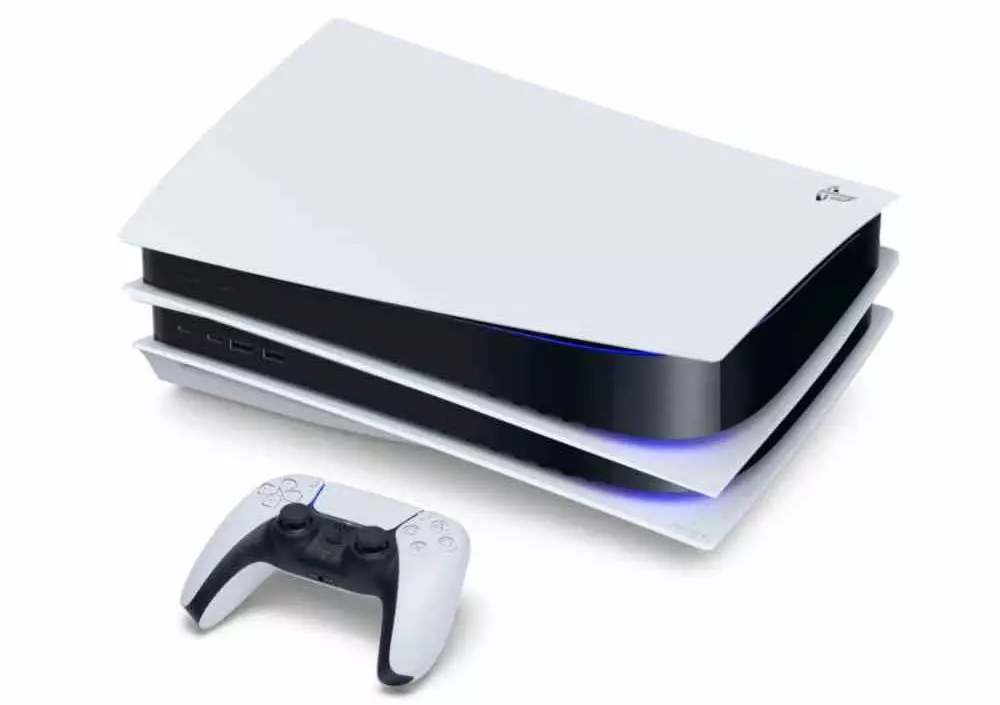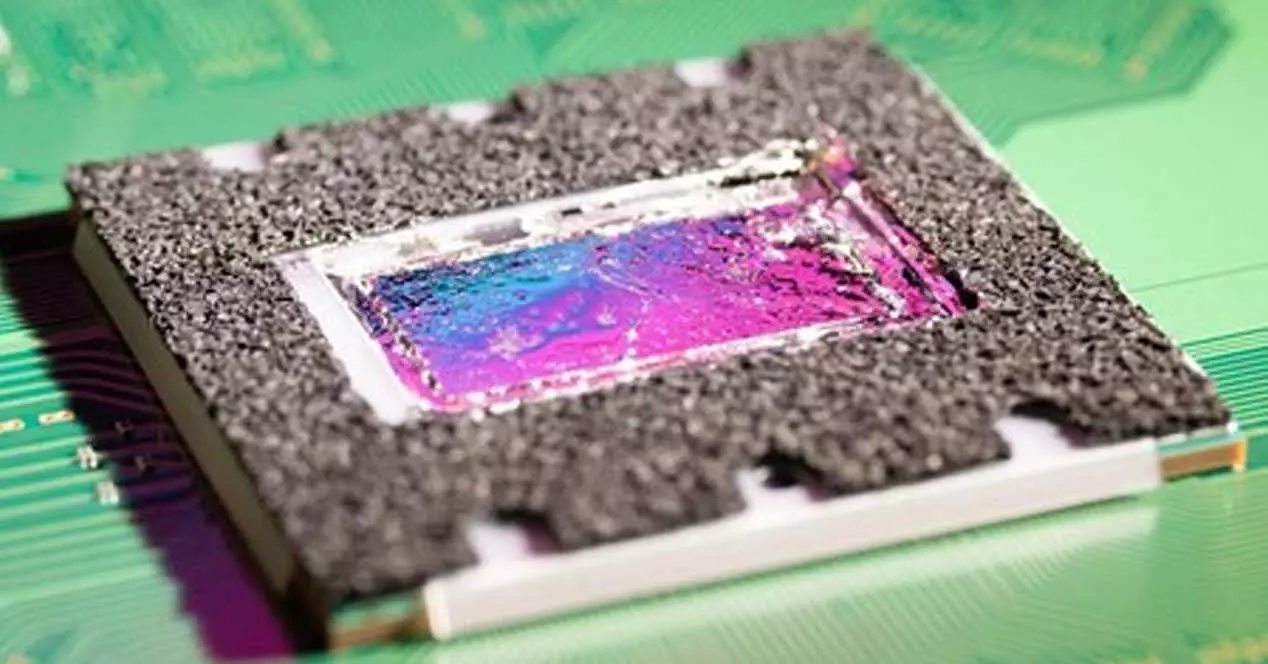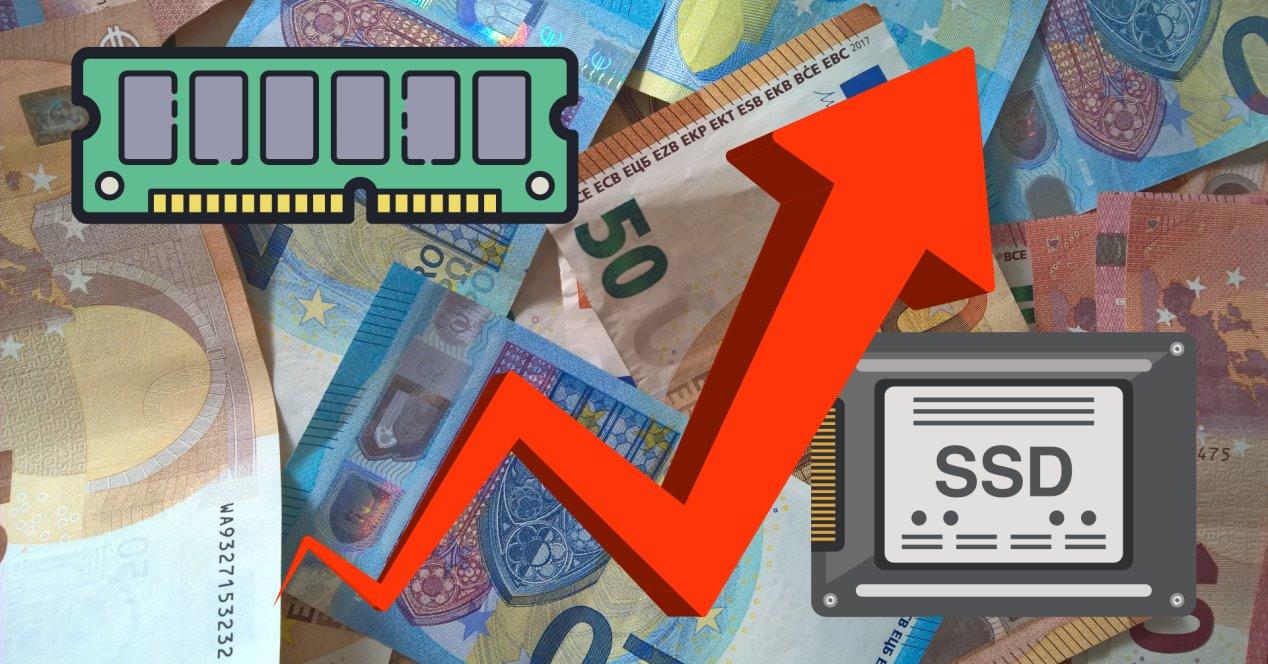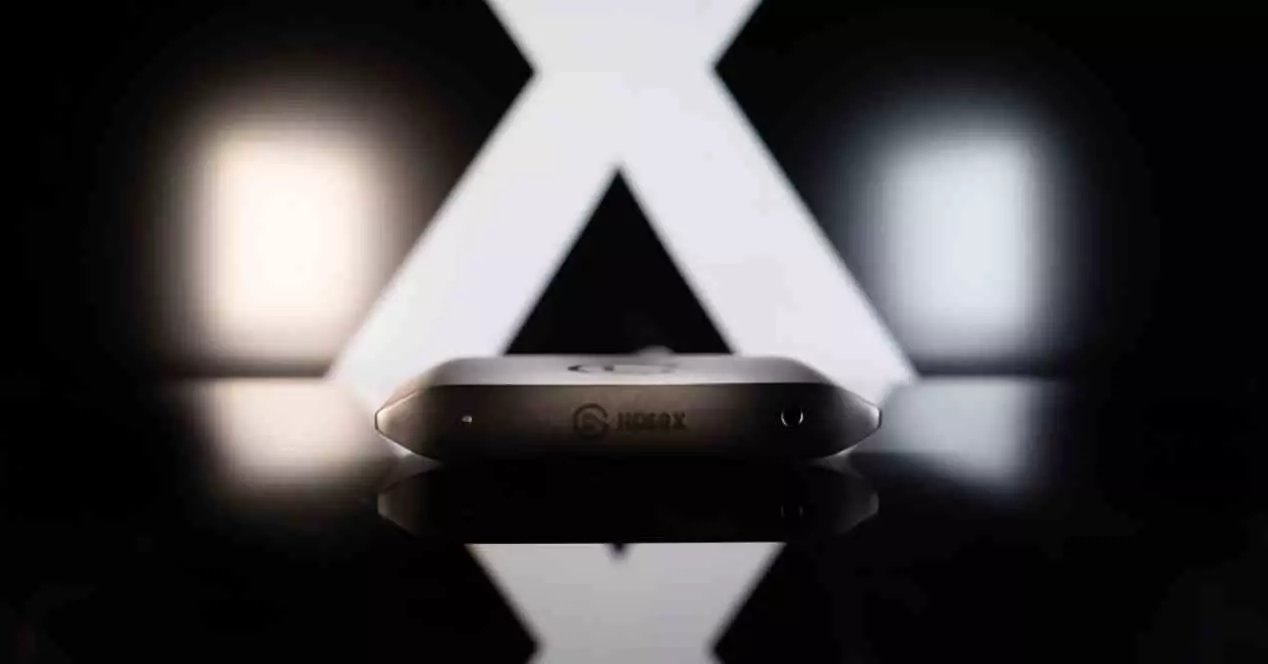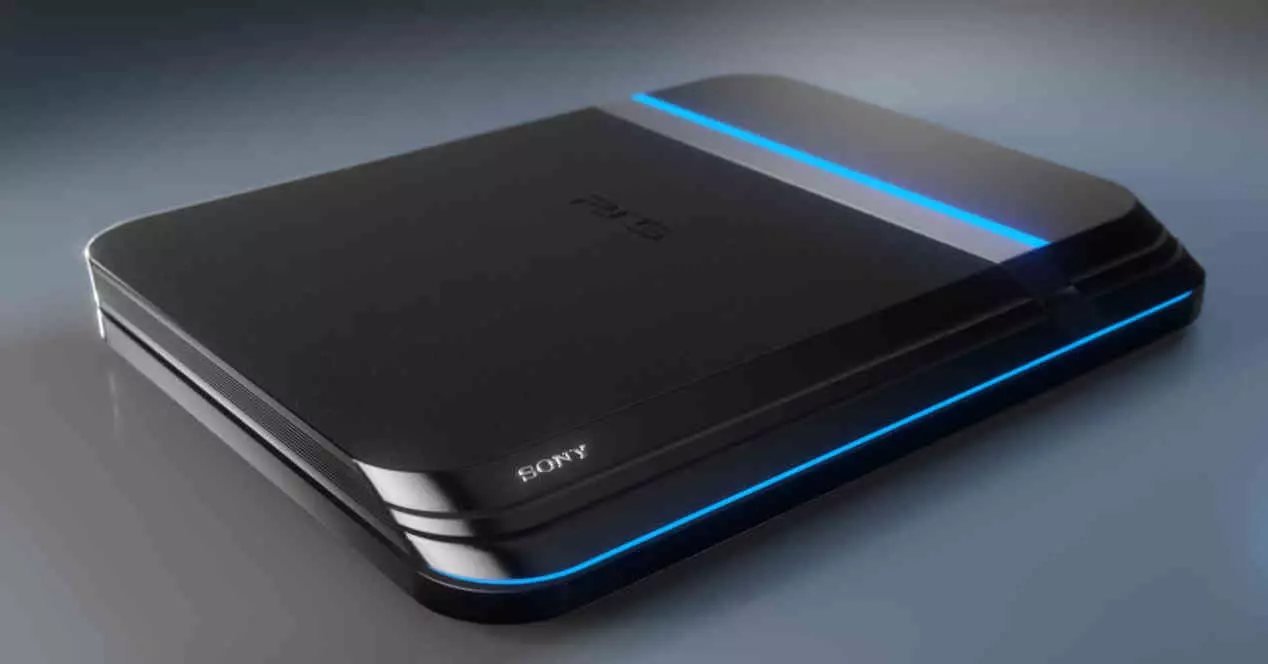
In the mid-eighth generation of video game consoles, both SONY and Microsoft released upgraded versions of their PS4 and Xbox One systems, aiming to take advantage of the newly emerging 4K UHD resolution televisions.
That is why they sent AMD to create a fully compatible APU, but more powerful than the original model of each of the two devices. In the case of SONY, the product that carried this improved processor was the PS4 Pro that, although it maintained the same CPU and type of memory, increased the clock speed of both together with that of the GPU.
In the case of the graphics processor integrated in the SoC of the console, improvements were made: doubling the number of active Compute Units from 18 to 36, Rapid Packed Math to have double the performance in FP16 and the Delta Color Compression, which at that time they had already appeared in AMD graphics for PC.
What is the viability of a PS5 Pro in the medium term future?
The first thing to take into account is the size of the APU and is that due to the increasing cost with each new node, a curious phenomenon has occurred on PlayStation consoles since the launch of the PS4. Due to this, every new APU model that AMD has designed for SONY has had a smaller area than the previous one, something that may go unnoticed at first glance, but which makes sense if SONY wants to maintain constant costs with its console.
It is clear that the PS5 Pro SoC could be manufactured under the 5 nm node, but at the same time have an area somewhat smaller than that of the model that is governing the console. However, we cannot forget that the SONY and AMD engineers would have a greater number of transistors in which to implement improvements for the creation of the new system, but then the problem of the cost of the wafers arises due to the improved lithographic process.
From this point we find ourselves with a series of challenges to know what SONY could choose from the AMD portfolio. But what would be the most realistic scenario?
What AMD technologies would be viable?
At this point we have to clarify that if it is confirmed that AMD breaks the compatibility with Wave64 mode in RDNA 3 then this technology will not be able to be adopted in PS5 Pro for a very simple reason: losing this mode means breaking the compatibility with the architecture GCN and therefore with games with PS4 and PS4 Pro.
However, there are a number of technologies that would be viable in PS5 Pro and could be implemented in your hardware:
- The Matrix Core Units of CDNA or CDNA 2 inside each Compute Units, are the equivalent of NVIDIA’s Tensor Cores and will be key to obtaining more resolution or frame rate in the new iteration.
- The RB + RDNA 2 pcs units and on the Xbox Series that will give you the ability for Variable Rate Shading, a feature from RDNA 2 that the PS5 lacks.
- The intersection unit that accelerates Ray Tracing will be improved in RDNA 3, being a self-contained and viable piece in its implementation in PS5 Pro.
- Will we see the Infinity Cache integrated into the APU of the next SONY model? Who knows, but it is key to maintaining high clock speeds in a sustained manner.
- We may see the implementation of Zen 4 cores, since the console will be manufactured at 5 nm, the node for which this AMD processor has been designed.
In any case, we do not believe that there will be a jump in power equivalent to that from PS4 to PS4 Pro, but that the processing force will be focused on improvements through AI algorithms via FSR, which means that a PS5 Pro that at the same time make PS5 Slim a unique renewed model instead of launching two different ones as in the previous generation.
